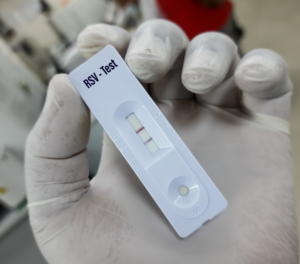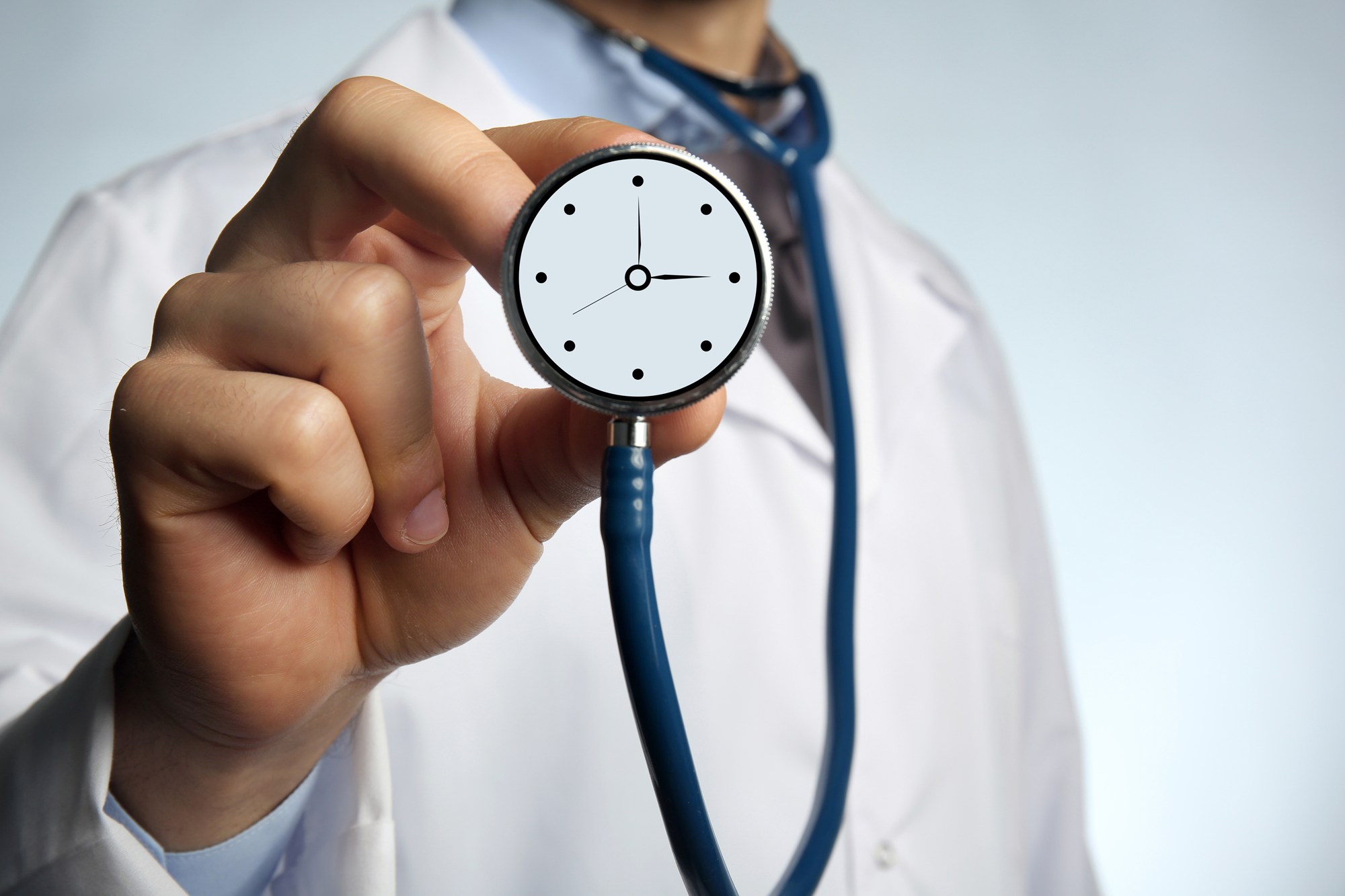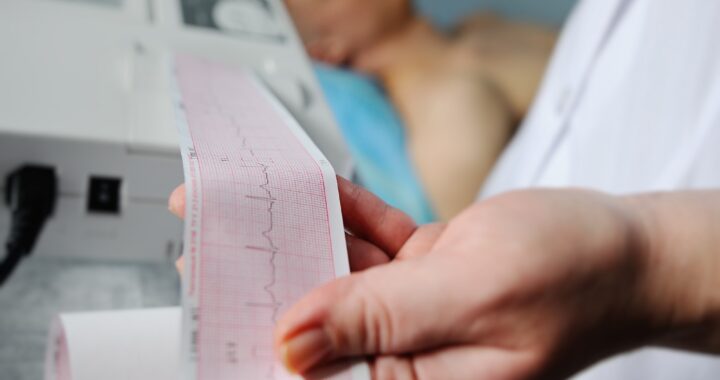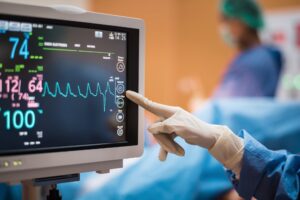The respiratory syncytial virus (RSV) is a viral illness that causes mild cold-like symptoms for most people. Healthy adults can usually recover from RSV rather quickly without needing any professional medical attention. The worst they will feel is a mild sore throat, runny nose, headache, and cough.
Unfortunately, the virus can have a more severe impact on infants, young children, seniors, and some adults with weak immune systems or chronic health conditions. They could experience dangerous symptoms like trouble breathing, nonstop coughing, and high fever. Symptoms like these could be fatal without immediate treatment.
According to the World Health Organization, over 30 million severe respiratory infections happen annually because of RSV. Out of these 30+ million infections, over three million people get hospitalized, and roughly 60,000 kids under five end up dying. Therefore, people with kids or respiratory health conditions should get an RSV test whenever they feel cold-like symptoms. If you need RSV testing in San Diego, contact us today to schedule your appointment: (858) 255-8325
The Purpose RSV Testing in San Diego
 Most doctors would recommend RSV testing for anyone experiencing cold-like symptoms, especially seniors, children, babies, and adults with compromised immune systems. An RSV test can determine whether RSV proteins or antigens exist in the nose or airways. If discovered, it means RSV is the cause of those cold-like symptoms. Quickly confirming the existence of an RSV infection is essential to prevent the symptoms from worsening. A doctor can recommend the appropriate treatment to reduce the severity of the symptoms and eliminate the disease. The treatments range from over-the-counter medications to professional medical treatment.
Most doctors would recommend RSV testing for anyone experiencing cold-like symptoms, especially seniors, children, babies, and adults with compromised immune systems. An RSV test can determine whether RSV proteins or antigens exist in the nose or airways. If discovered, it means RSV is the cause of those cold-like symptoms. Quickly confirming the existence of an RSV infection is essential to prevent the symptoms from worsening. A doctor can recommend the appropriate treatment to reduce the severity of the symptoms and eliminate the disease. The treatments range from over-the-counter medications to professional medical treatment.
RSV Treatments
Healthy adults can usually control their mild cold-like symptoms with affordable over-the-counter medications, such as antihistamines and anti-inflammatory drugs. On the other hand, people with more severe symptoms may require a doctor to administer bronchodilators, intravenous fluids, or even supplemental oxygen.
There are two RSV vaccines currently available for seniors only. As for everyone else, vaccines are not an option for them yet. But don’t worry because researchers are presently experimenting with up to 60 different vaccines for children and young adults. Hopefully, they will have a successful clinical trial very soon.
Should You Get Tested?
RSV is a higher risk to children and seniors from a statistical standpoint. That is why younger adults may not feel like they need to take RSV seriously. However, it is important to remember that RSV is a respiratory illness, which means it is highly contagious and easily transmittable through the airways of the nose and throat.
For this reason, all children and adults should undergo an RSV test whenever they feel like they have a cold. If the test comes back positive, they will know to take the necessary precautions to help prevent other people from contracting their virus.
Contact us for RSV Testing in San Diego
For all the healthy people out there, getting tested can make you aware of your infection and allow you to avoid passing it to other people who may be more susceptible to its symptoms. If you need RSV testing in San Diego, contact us today to schedule your appointment: (858) 255-8325








 When you visit your
When you visit your 
 Doctors use risk stratification to determine how much risk a patient faces if they undergo a particular surgery, whether cardiac or noncardiac surgery. A preoperative clinical evaluation will discover the various clinical circumstances that could cause a bad outcome from the surgery. For example, the risk stratification of cardiac surgery has over 20 potential risk scores and numerous clinical and demographic variables. Doctors use these risk scores to evaluate the likelihood of the patient suffering a health problem during or after cardiac surgery. Noncardiac surgeries have risk models as well.
Doctors use risk stratification to determine how much risk a patient faces if they undergo a particular surgery, whether cardiac or noncardiac surgery. A preoperative clinical evaluation will discover the various clinical circumstances that could cause a bad outcome from the surgery. For example, the risk stratification of cardiac surgery has over 20 potential risk scores and numerous clinical and demographic variables. Doctors use these risk scores to evaluate the likelihood of the patient suffering a health problem during or after cardiac surgery. Noncardiac surgeries have risk models as well.

 All urgent care providers have their own rules about the seriousness of the conditions they will treat for children and adults alike. Some symptoms are indicative of serious illnesses that should warrant a trip to the emergency room. In cases of common illnesses and injuries, however, most patients would benefit by going to an urgent care facility that offers effective care for much cheaper and a much shorter wait time. Some common health conditions that urgent care providers treat include minor burns, fevers, infections, allergic reactions, insect stings, animal bites, chicken pox, pink eye, rashes, sunburns, sports injuries, and splinter removals. Most urgent care facilities can send patients for imaging and labs, while others even offer minor surgical procedures such as
All urgent care providers have their own rules about the seriousness of the conditions they will treat for children and adults alike. Some symptoms are indicative of serious illnesses that should warrant a trip to the emergency room. In cases of common illnesses and injuries, however, most patients would benefit by going to an urgent care facility that offers effective care for much cheaper and a much shorter wait time. Some common health conditions that urgent care providers treat include minor burns, fevers, infections, allergic reactions, insect stings, animal bites, chicken pox, pink eye, rashes, sunburns, sports injuries, and splinter removals. Most urgent care facilities can send patients for imaging and labs, while others even offer minor surgical procedures such as